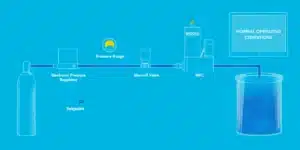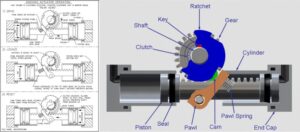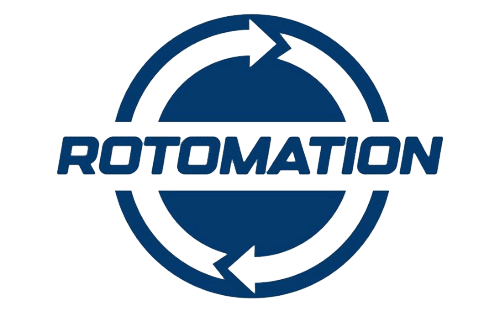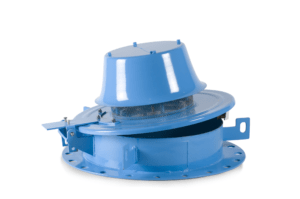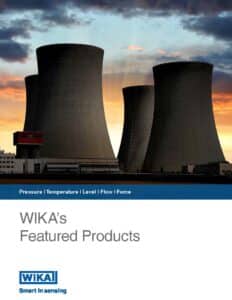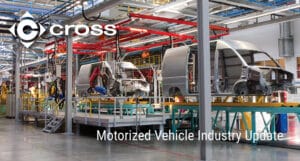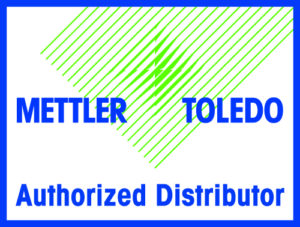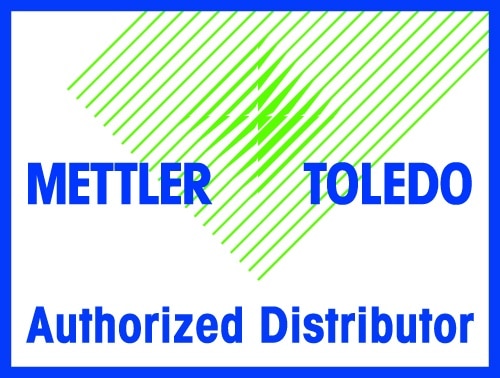David Saunders | August 3rd, 2016
Engineering is about finding the simplest and best approach to a complicated problem.
In the modern fluid power world, we have access to a myriad of advanced solutions for almost any application the market can come up with. Some modern hydraulic pump features include electro-proportional displacement control, torque control, automotive control, pressure override, built in filtration, CA control… the list goes on. The challenge lies in deciding which features truly add value and which are irrelevant for your task.
Reduce Plumbing and Labor Cost by Combining a Pump and Directional Valve
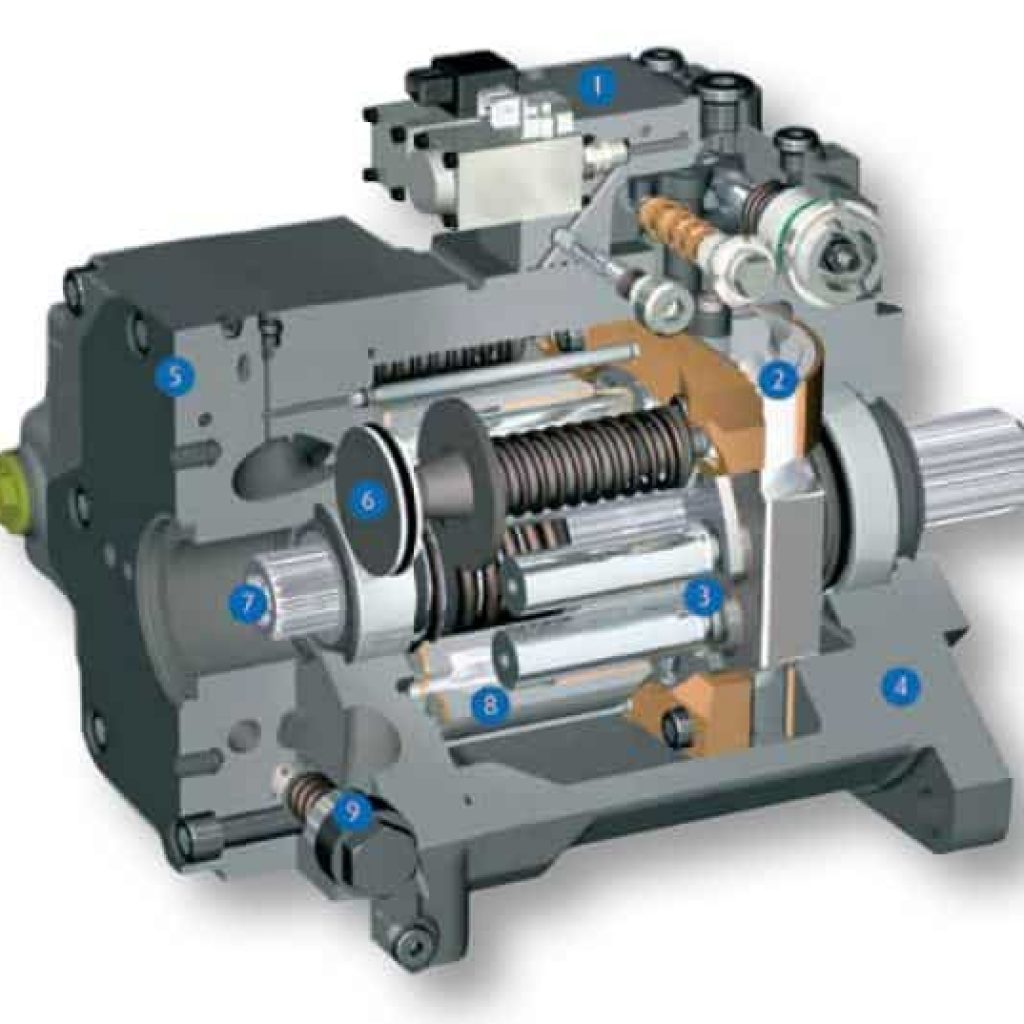
Cutaway of a modern feature packed heavy duty pump
Have you ever been the one to come up with a solution that seemed perfect at the time, until some seemingly obvious alternative was presented by a colleague or outsider? I know I have. It’s accompanied by that painful “duh” moment. Then, the person building your design is upset that you made them jump through extra hoops and management is disappointed that you spent more money than you had to.
Don’t be the person to over complicate the situation.
You can spend all sorts of time comparing specifications and prices on separate items to plumb together and accomplish your task. If you work in the recycling industry, a basic circuit requires a fixed pump, a relief valve, a directional valve, and an actuator. There are plenty of options and mounting configurations for each of these. An elusive option that usually beats everything else is Eaton’s V20D.
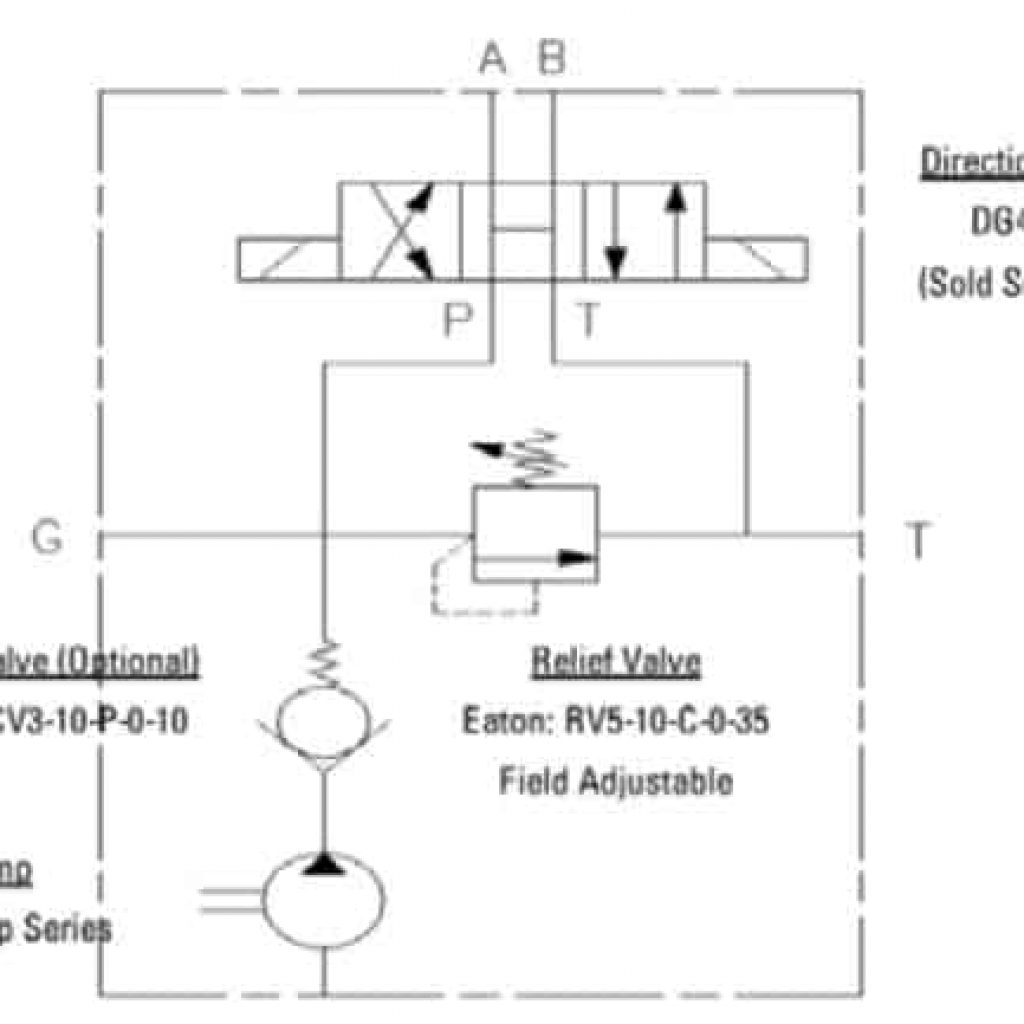
Schematic of a V20D with built in check valve, relief valve, and D05 directional valve
For flow rates from 7 to 20 gpm (assuming 1800 rpm input speed), you can have a ready built circuit with the V20D. The front portion is the same as a standard V20, which is a well accepted, quiet, and reliable vane pump. The rear portion of the pump is the key because it comes with an integral D05 mounting pad for direct bolt-up of a directional valve.
There are standard cartridge valve cavities included that are designed to accept the appropriate check and relief valves. All that’s left is to add your actuator, reservoir, filtration, mounting components, and connect four hoses. There are no intermediate connections between any of the valving. This frees up space, saves in labor cost, eliminates hosing, gets rid of a sub plate, and reduces leak points.

Front and Rear portions of the V20D
The engineering department gets credit for a simpler design, assembly folks build more units because of decreased build time, the warehouse is happy because they have to stock fewer parts, and accounting has good financial results because of an overall lower cost. Plus you get to be the smart one who came up with the perfect solution.

